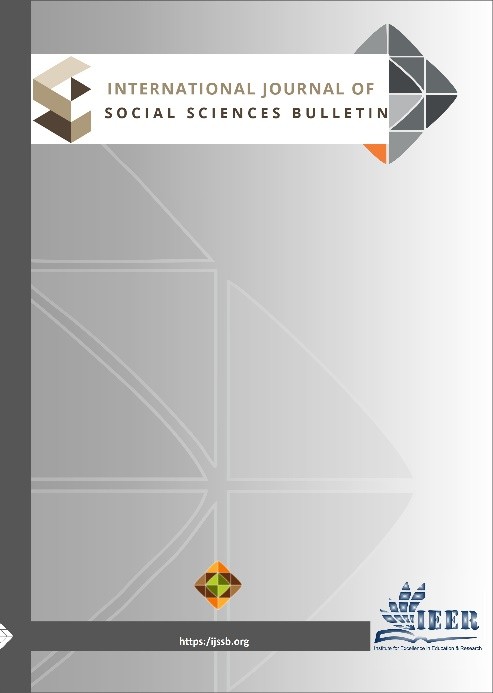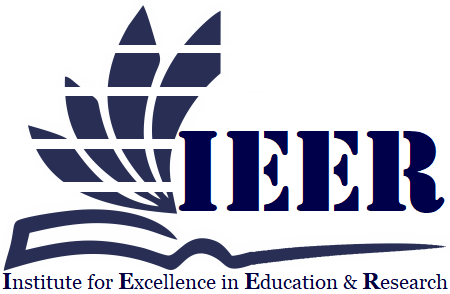EVALUATING THE IMPACT OF RENEWABLE ENERGY INTEGRATION ON THE OPERATIONAL EFFICIENCY AND ECONOMIC VIABILITY OF THERMAL POWER PLANTS
Keywords:
Renewable energy, thermal power plants, operational efficiency, combustion chemistry, economic viability, energy transitionAbstract
Background Globally, most aspects of traditional thermal power generation have been influenced by the move towards renewable energy. However, the transformation is a green double-bind that presents a series of sophisticated operational and economic challenges to THP plants that were previously intended for base-load operations. Objective: The objective of this paper is to investigate the renewable energy penetration effects on the operating performance, combustion kinetics, environmental aspects, and economic inspection of thermal power plants. Method: A real-time data simulation of an actual thermal plant with different levels of renewable penetration was analyzed. The scope of work involved combustion chemical reaction modeling, analysis of emissions, costs, and load-response for three cases low, intermediate, and high renewable integration. The results were summarized in six detailed tables. Results: It was found that there were significant reductions in thermal efficiency, increased heat rates, and higher CO and NOx emissions under medium and high renewable penetration conditions. The incomplete oxidation reaction was correlated to the combustion inefficiencies under variable load conditions. From an economic perspective, LCOE didn’t fare well, due to higher O&M and lower capacity factors, at least except for the slight positives afforded by ancillary. SO₂ and CO₂ emissions were reduced, but trade-offs were made in terms of localized pollutant peaks. Mechanical stress in the turbines and increasing curtailment rates also negatively impacted the system reliability. Conclusion Integration of renewables though environmentally beneficial at a macro level would add critical inefficiencies and economic vulnerability to the thermal power plants. Technological updating, flexible market mechanisms, and hybridization are among the adaptive strategies key to long-term coexistence.
Downloads
Published
Issue
Section
License

This work is licensed under a Creative Commons Attribution-NonCommercial-NoDerivatives 4.0 International License.

















